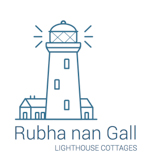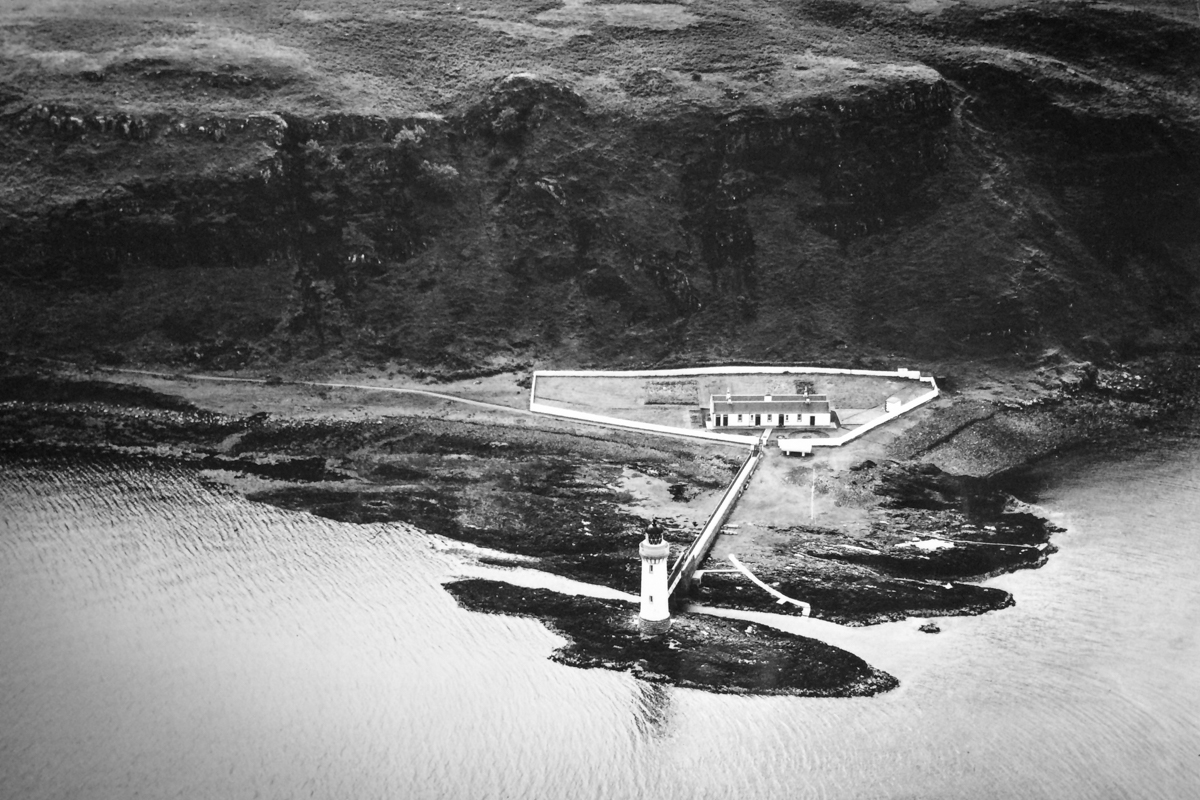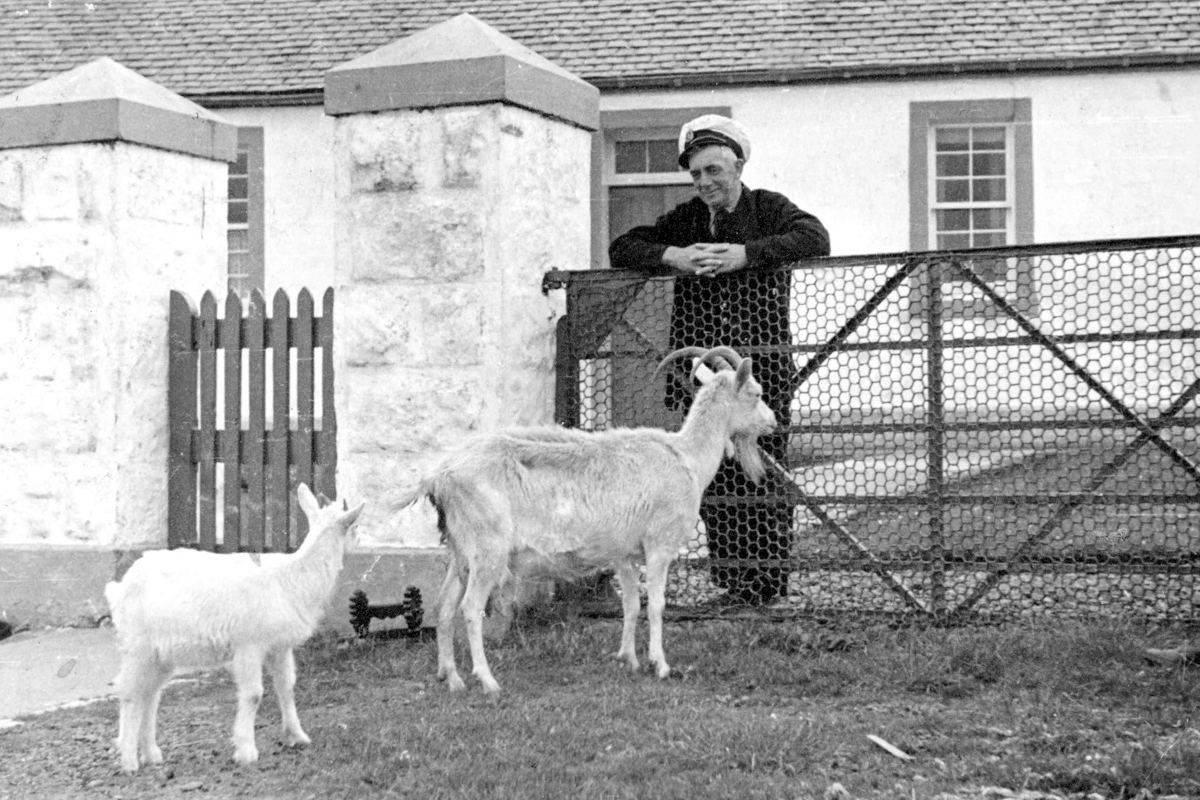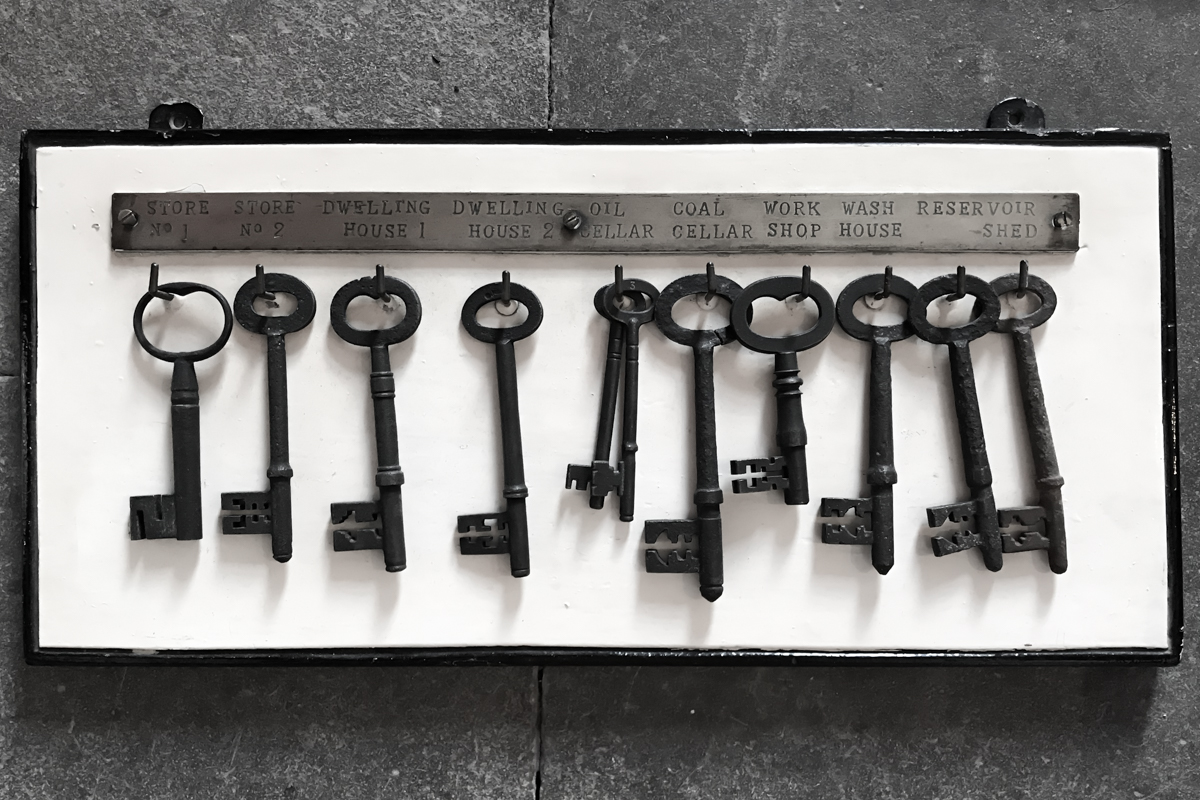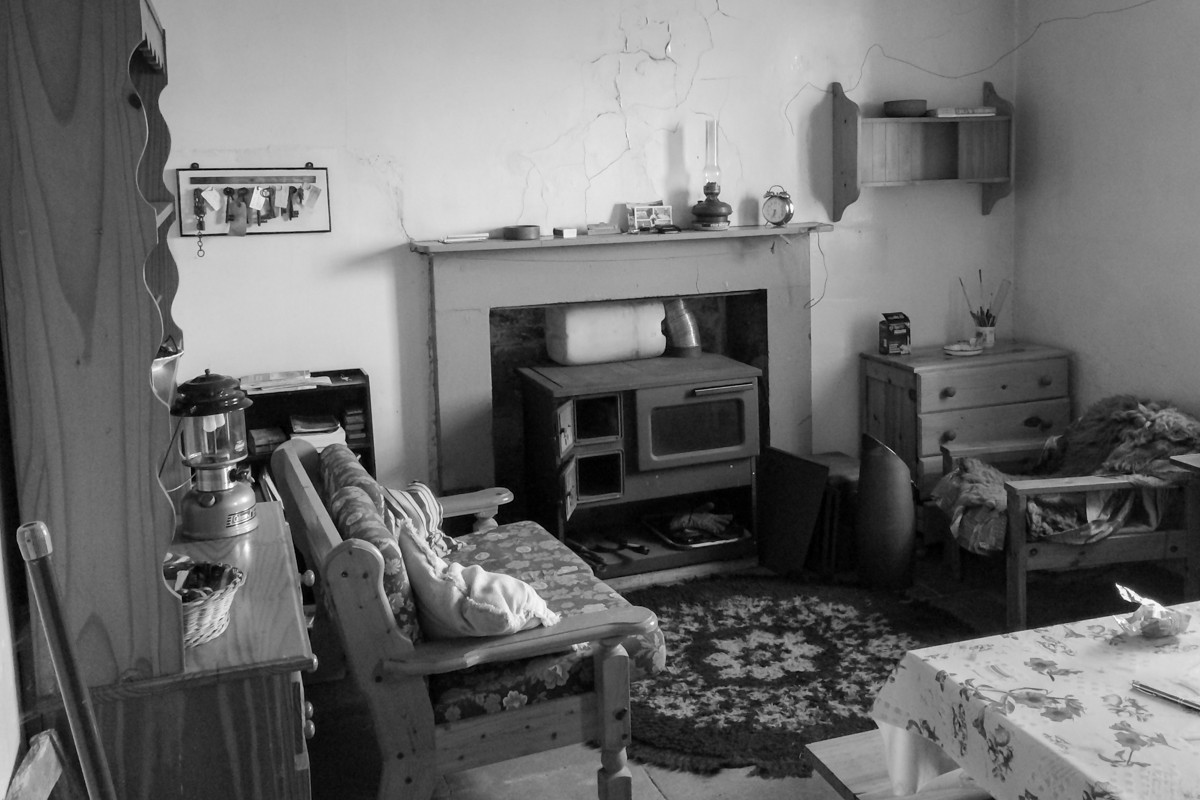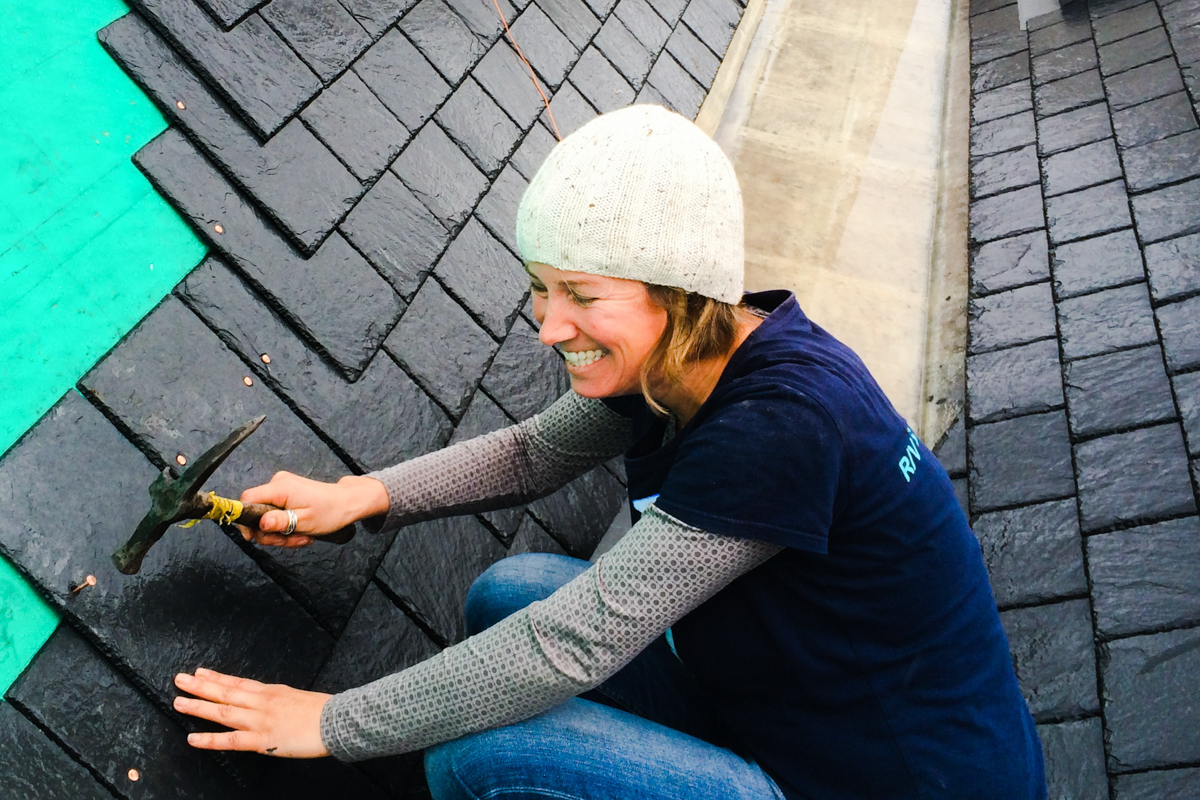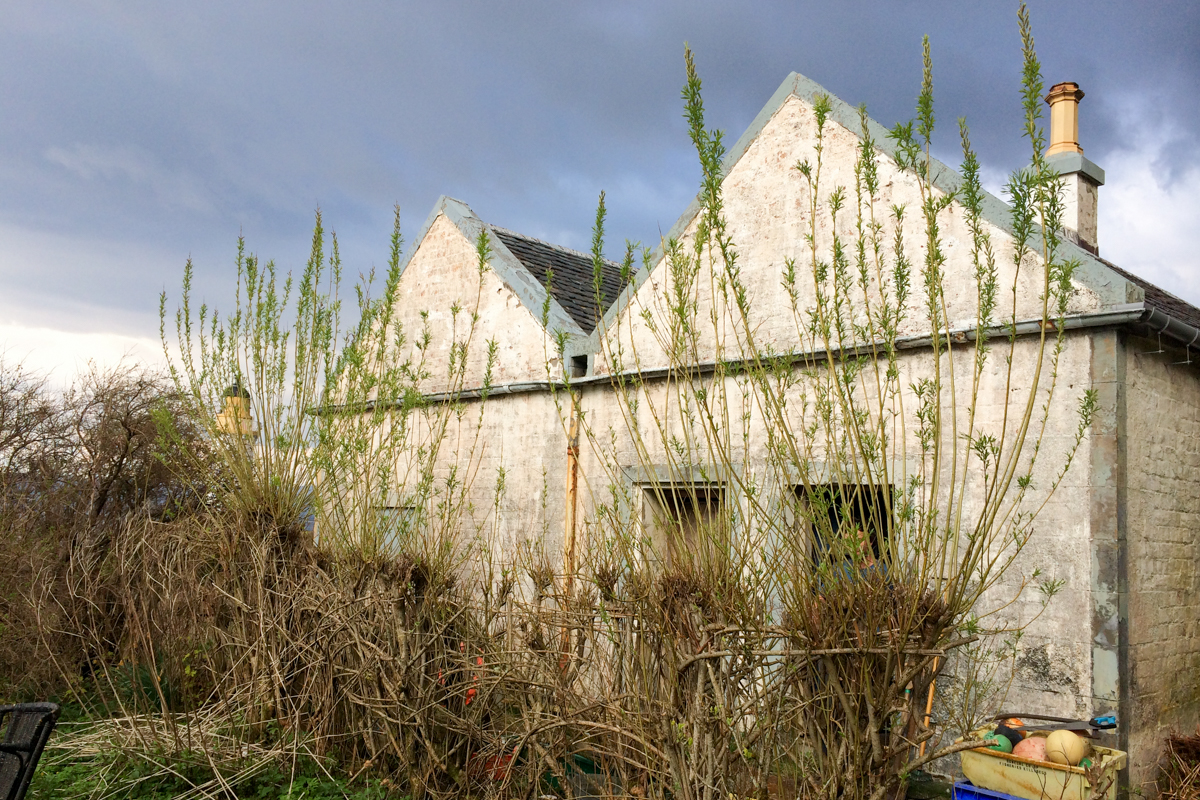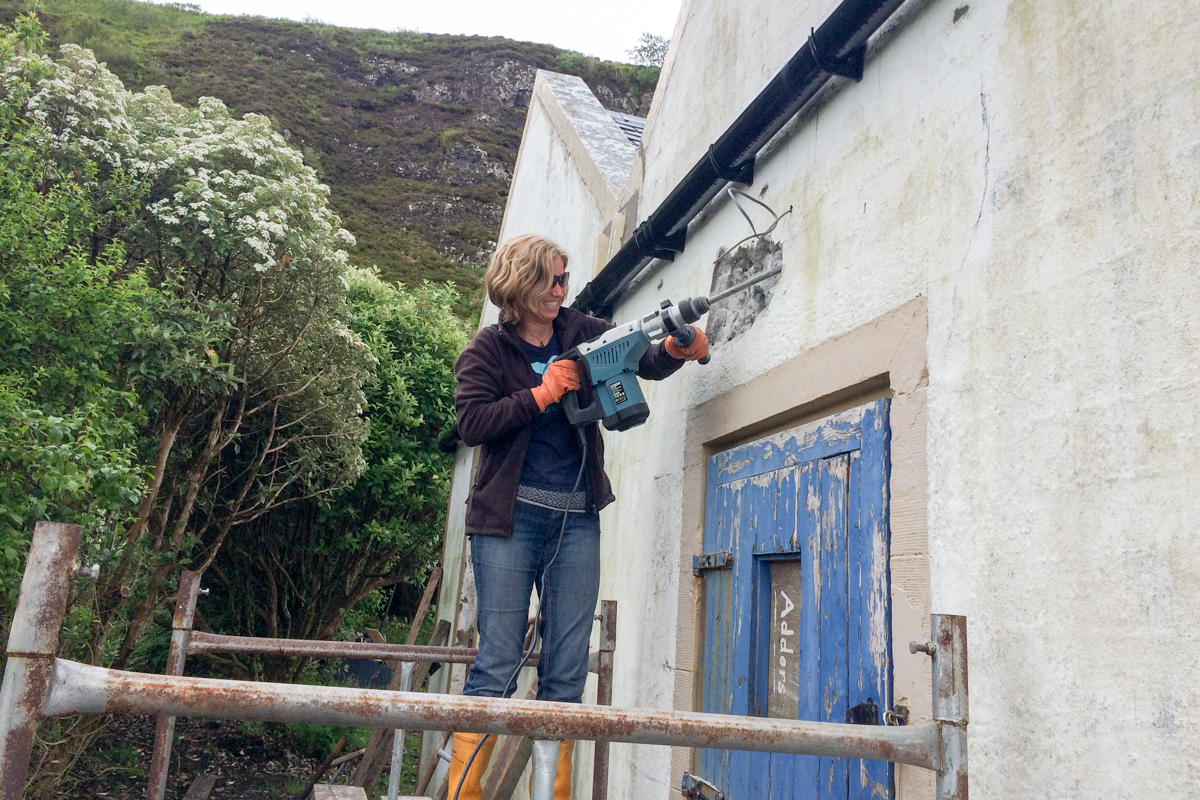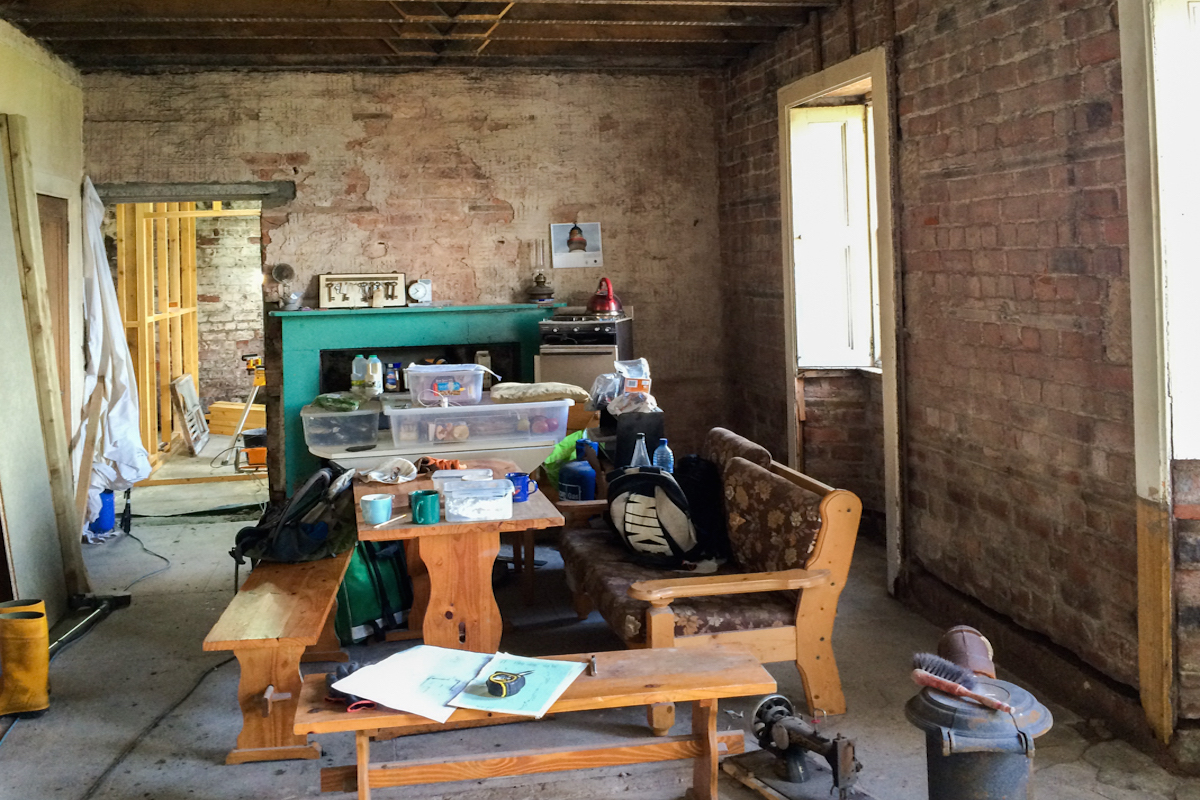Rubha nan Gall Lighthouse (meaning “Stranger’s Point” in Gaelic) is a shore light, located north of Tobermory, marking the SW side of the NW entrance to the Sound of Mull. The lighthouse and keepers’ cottages were built in 1857 by David and Thomas Stevenson following a report by David Stevenson on 2nd November 1853, which recommended that “a small light be positioned near Tobermory in Mull to indicate the northern entrance to the Sound of Mull and at the same time as far as practicable to show through the Sound and open the Bay and Anchorage of Tobermory”
First lit on the 10th November 1857, Rubha nan Gall was tended by lighthouse keepers for over a century until it was automated in 1960. The light continues to guide mariners today and is maintained and operated by the Northern Lighthouse Board, the General Lighthouse Authority for Scotland and the Isle of Man.
| Constructed | 1857 |
| Automated | 1960 |
| Tower construction | Cylindrical brick tower with lantern and balcony |
| Markings | White tower, black lantern, ochre trim |
| Height | 19 metres |
| Focal height | 17 metres |
| Light source | Solar power |
| Range | 10 nautical miles (18.5 km) |
| Characteristic | White flash every 3 seconds |
| Alternate names | Rudha Nan Gall |
| Sound Of Mull | |
| Tobermory, Lighthouse, Rhu Na Gal | |
| Tobermory Harbour Entrance |
Our Story
Following automation, the Keepers’ Cottages were sold privately and although inhabited for over 20 years, they remained relatively unchanged inside. By 2013, they had been unoccupied for some 15 years and although the Stevenson’s engineering knowledge and use of the very best materials ensured that the cottages were still standing, the lack of maintenance and the West Coast climate had taken their toll.
The first four years were an adventure to say the least! The first (unexpected) task was to reroof the cottages. The entire roof had to be removed; the original slates dressed and replaced on the front panel, while 18 tonnes of slate and scaffold were brought by boat, lifted onto the shore by crane, then carried up from the beach by hand. The following year started with a 3-tonne digger (brought by boat) excavating so drainage and a septic tank could be put in. We then started knocking through three-foot-thick walls between the outbuildings and the cottages, raising one-tonne lintels inch-by-inch by hand, lifting flagstone floors, and pulling down loose plaster and ceilings. There has never been mains power, so all this was done by hand or using a small generator to power tools.
Renovation projects are renowned for taking longer than expected, but at Rubha nan Gall, the weather and access became the governing factors as everything had to be brought by boat and then carried to the cottages. For a long time, water had to be carried in buckets, before the original spring was reinstated, the lead pipe replaced and filters installed. This beautifully pure water now supplies five bathrooms, two kitchens and a washhouse! Although the keepers had seven fireplaces to keep them warm, the installation of radiators and wood burning stoves has made heating the cottages a little easier.
Installing the off-grid power supply was the next challenge and was far from straight forward, but was also one of the most rewarding. Simply flicking a switch for light is a wonderful thing, although as we rely mainly on solar power, we are careful to use power thoughtfully.
Despite the extensive renovations that were necessary to restore the cottages, great care has been taken to retain the original features and the integrity of the building. The original sash windows have been restored, wooden floorboards lifted and re-laid, brass fittings scraped, polished and replaced, flagstone floors repaired, original woodwork stripped, sanded and painted and ceilings and plaster cornice salvaged everywhere possible. All around the building it is possible to find beautiful original features and imagine what it was like to be a keeper of the light…
